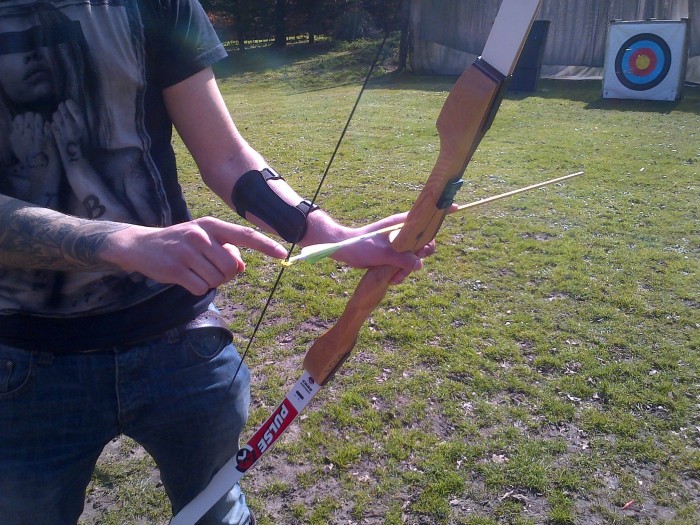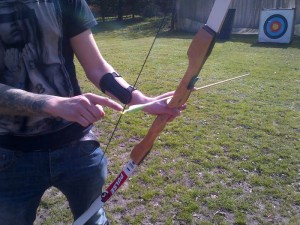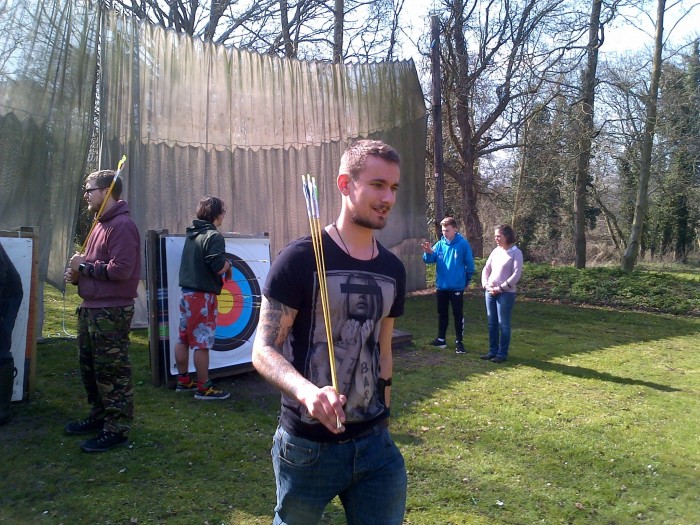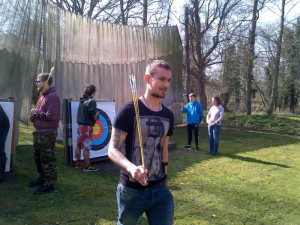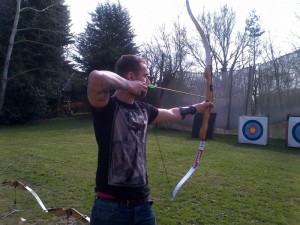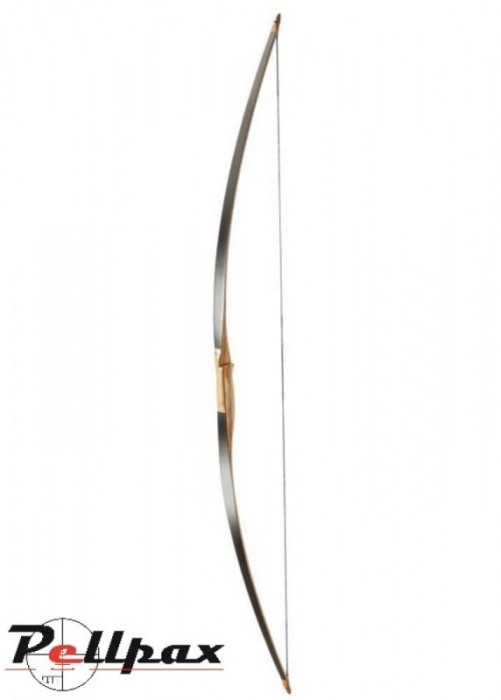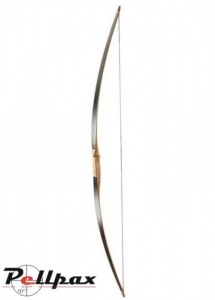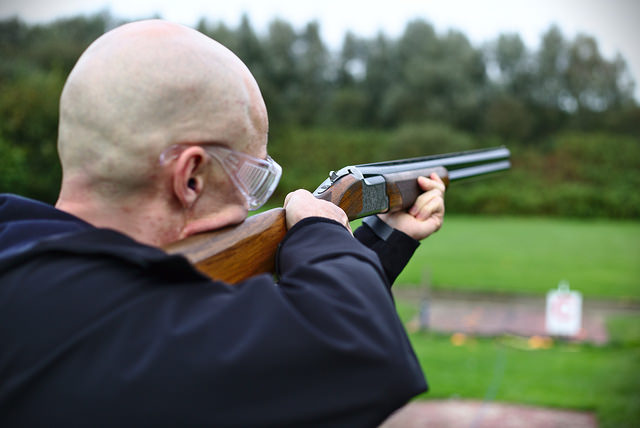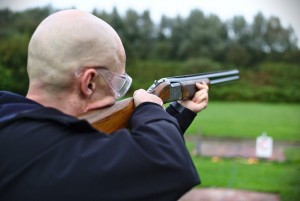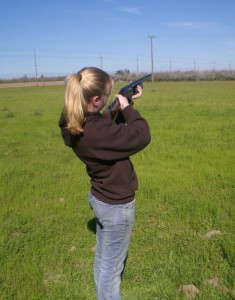
Some of you may have already read our Guide to Choosing Archery Equipment for Pros – even if you have we want to help you with your compound bows too. Despite the mechanical advantage that the cam system provides, a compound bow is still just a tool, and, ultimately, all the power of a shot comes from the archer. The energy in the speeding arrow is transferred from the bow, and the energy stored in the bow is transferred from the archer’s body. Even a ‘powerful’ bow won’t do the work by itself!
What is the Right Draw Weight?

A compound bow reaches its peak draw weight before full draw. This is due to the letting-off mechanism, which releases much of the pressure at the final stage of the draw. So, the peak draw weight occurs before the bow is fully drawn.
A compound bow’s draw weight is usually adjustable within a range of 10 or 15lbs and is adjusted by tightening or loosening the bolts that join the limbs to the riser. A bow that’s advertised as having a 60lbs draw weight can be adjusted to a draw weight of anything between 50lbs (or possibly 45lbs) and 60lbs. If you’re new to archery, don’t try to shoot with too great a draw weight to begin with. Start on the low side; upper body strength will soon build up with practice.
This is a generalised guide to appropriate draw weight:
- Children (6-9 years): 10-20 lbs
- Children (9-12 years): 20-35 lbs
- Teenagers and smaller women: 35-45 lbs
- Women: 45-55 lbs
- Men: 55-70 lbs
How to Measure Draw Length
Draw length is the distance between the grip (on the riser) and the centre of the string at full draw. Unlike a traditional bow, a compound bow must be drawn to its maximum capacity, and no further. This means that your compound bow must be the correct draw length for you.
To find out your draw length, use this simple formula:
arm span divided by 2.5
Measure your arm span, which is usually equal to your height, and divide by 2.5. If your arm span is 68”, your draw length will be 28” (68/2.5). If your arm span is 73”, your draw length will be 30” (73/2.5). If your arm span is 60”, your draw length will be 24” (60/2.5) … and so on.
The longer the draw length, the longer the power stroke, which equates to higher arrow velocity. In fact, 1” of draw weight is worth about 10 feet per second (FPS) of arrow speed. A bow’s speed is always tested at 30” draw length. So, if your bow’s speed is advertised as 300 FPS, and your draw length is 25”, you can expect to shoot arrows at a maximum velocity of 250 FPS.

What is the Brace Height?
A bow’s brace height is the distance between the deepest part of the riser to the string (at rest). A shorter brace height means a longer draw stroke, which means more stored energy.
The brace height is related to the overall draw length. If your draw length is 26”, and your bow has a brace height of 6”, the distance over which you’re actually pulling (and storing energy in the bow) is 20”. A fellow archer, who has a draw length of 28” and a bow of 8” brace height, will also be pulling over a distance of 20”.
Because the other chap’s arrow remains in contact with the bow for longer, his arrow will have more stability. If your bow has a brace height of 8”, your pulling distance will be 18”, and your arrows will be more stable … and they’ll be slightly slower.
Choose Wisely
Does speed really matter?
Yes, of course it does, to a point. But don’t let a desire for speed take priority over comfort, accuracy, and safety. Go with your correct draw length. A slight loss of speed is insignificant when compared to the consistent accuracy that can be achieved with a well-suited bow.
Take a look at our range of Compound Bows here from manufacturers such as Ek Archery and Barnett.
For more information about archery equipment, phone 01263 731 585 and speak to James, our in-house expert.
Alternatively, talk to James on Live Chat at https://www.pellpax.co.uk/

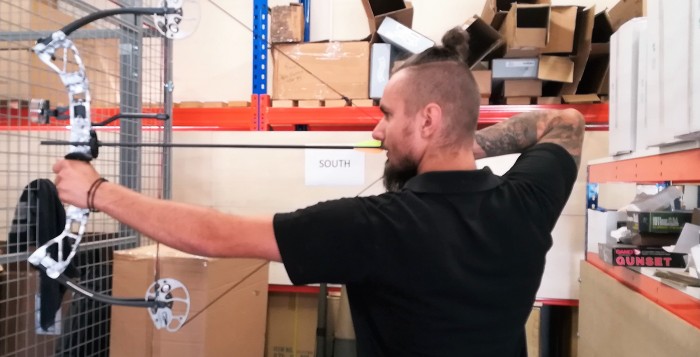

 So as well as an archer, I’m also a huge lover of guns, including air rifles, and have spent much of my life doing small game hunting and pest control, both for the control of species that are harmful to farmland, and for the enjoyment of being out in the elements with just my dog by my side and my rifle in my hand. To someone who doesn’t shoot, this sense of freedom when you’re out in a field or woodland after your prey cannot be explained. I’ve had many air rifles come and go in my arsenal, but one of the most impressive has to be my
So as well as an archer, I’m also a huge lover of guns, including air rifles, and have spent much of my life doing small game hunting and pest control, both for the control of species that are harmful to farmland, and for the enjoyment of being out in the elements with just my dog by my side and my rifle in my hand. To someone who doesn’t shoot, this sense of freedom when you’re out in a field or woodland after your prey cannot be explained. I’ve had many air rifles come and go in my arsenal, but one of the most impressive has to be my 
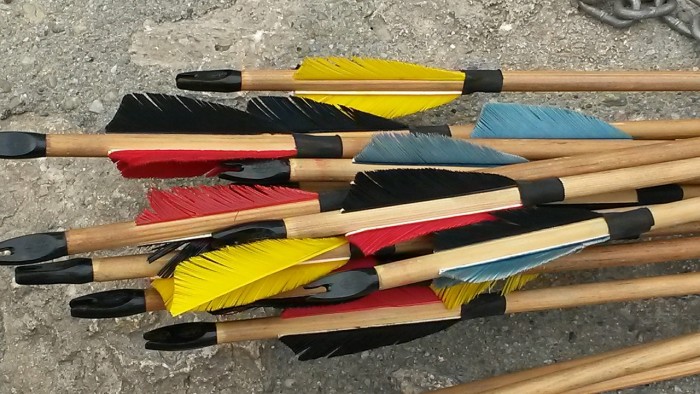

 However, the most popular choice of fletching for today’s archer is the inexpensive, durable, waterproof plastic vane. Available in a seemingly endless range of colour and size, these soft, flexible vanes can be easily applied in whichever formation you prefer. Even after a fair amount of rough treatment, they’ll pop back into shape; and if they become really warped, you can usually get them back into shape with a bit of heat treatment – a hair drier is the best thing to use.
However, the most popular choice of fletching for today’s archer is the inexpensive, durable, waterproof plastic vane. Available in a seemingly endless range of colour and size, these soft, flexible vanes can be easily applied in whichever formation you prefer. Even after a fair amount of rough treatment, they’ll pop back into shape; and if they become really warped, you can usually get them back into shape with a bit of heat treatment – a hair drier is the best thing to use.
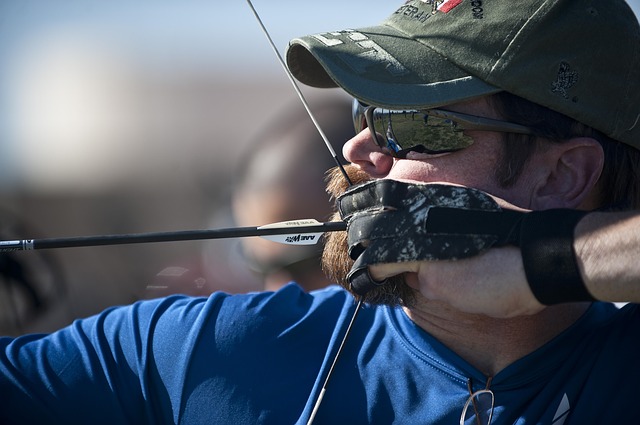
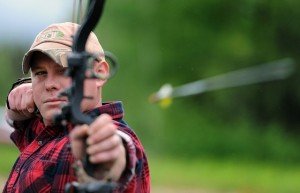
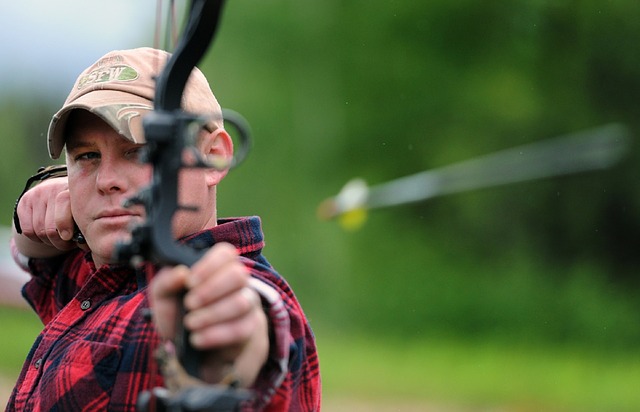
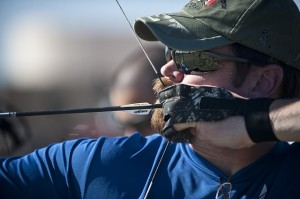 Thanks to Hawkeye, Disney’s Brave and Katniss Everdeen, Archery is finally being given the recognition it deserves for being a pretty cool sport.
Thanks to Hawkeye, Disney’s Brave and Katniss Everdeen, Archery is finally being given the recognition it deserves for being a pretty cool sport. 